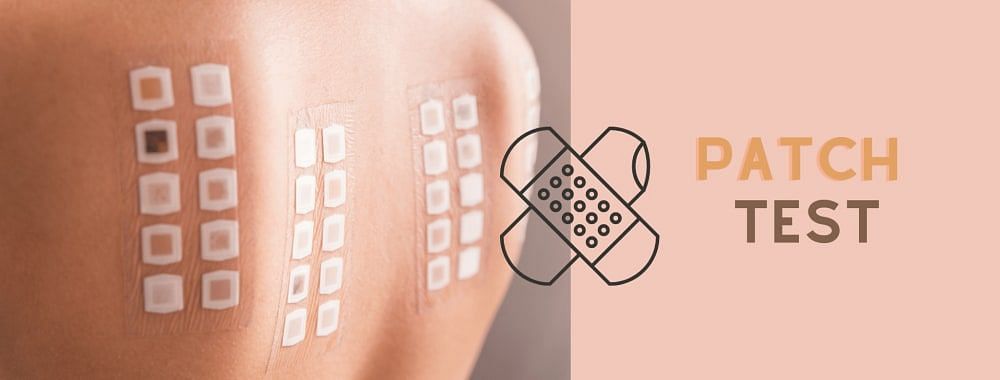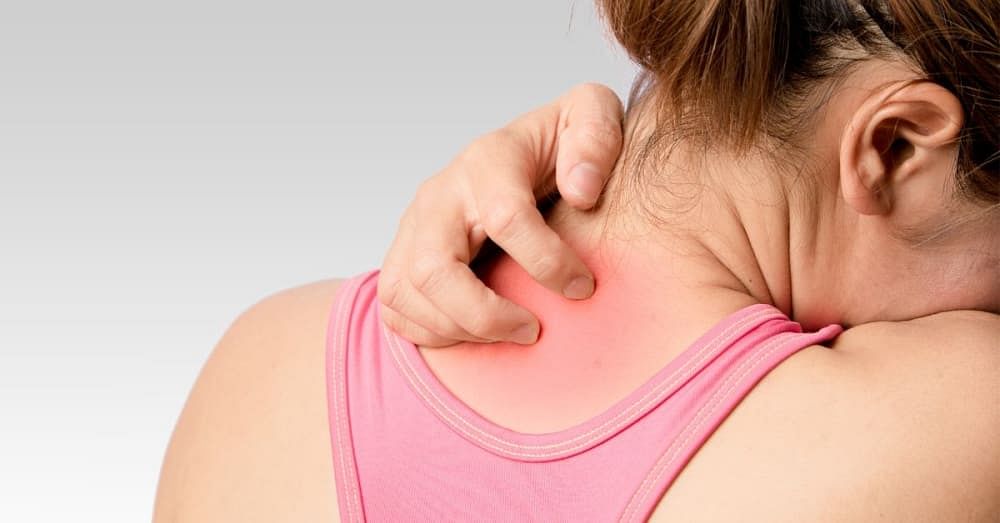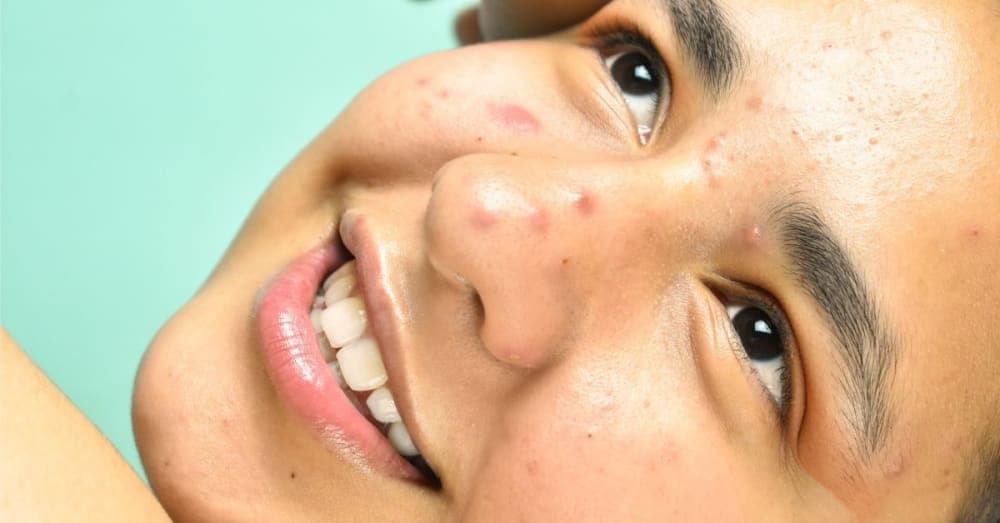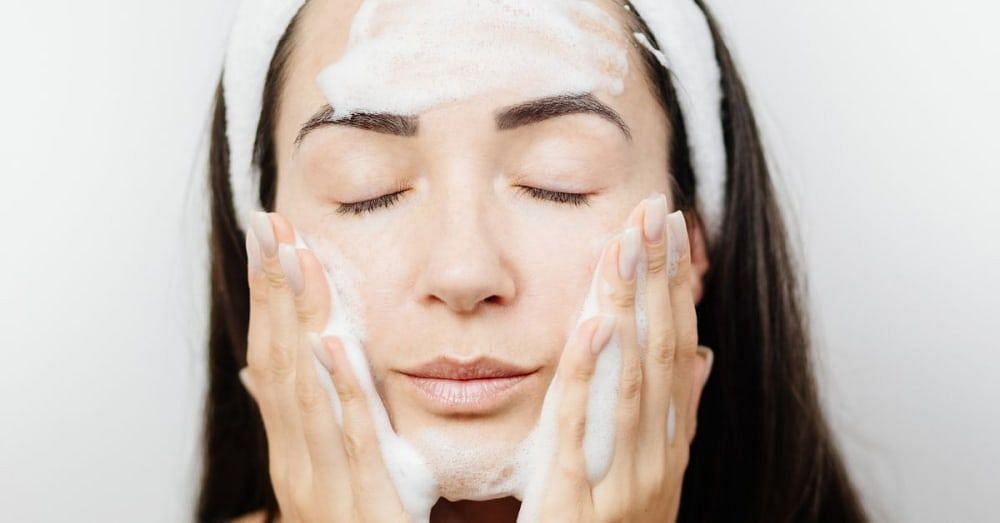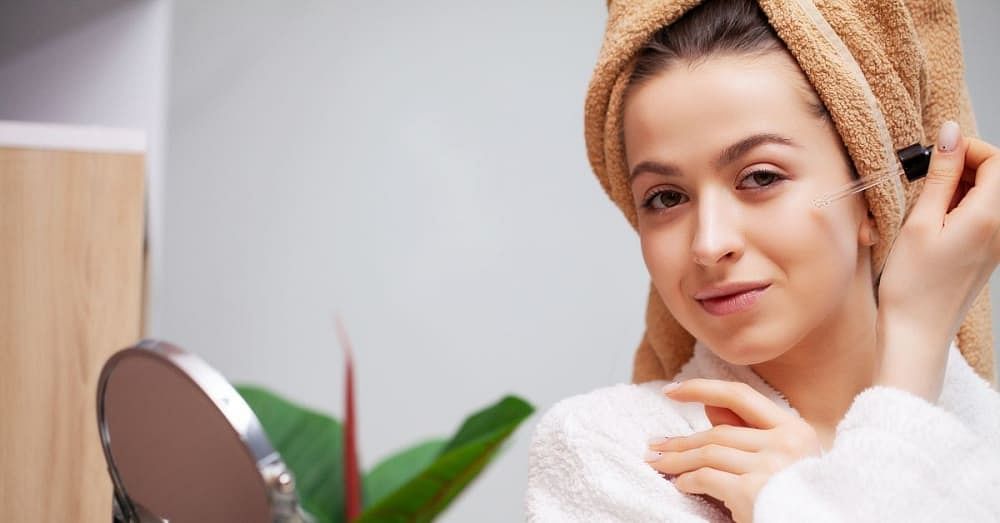Patch testing is conducted to determine if a patient is allergic to a specific substance. It is a type of allergy test conducted by specialists. Even before you try a new skincare product, it is recommended to do a small patch test at home, where you apply the product on your wrist and let it sit for a while to check for any reactions.
What is a patch test?
Doctors conduct patch tests to check if the skin condition has worsened due to a specific allergy. A small patch of your skin is exposed to a suspected substance, and then your physician looks for signs of any allergy.
There are different types of allergies. But, the three main variants include:
- Inhaled allergens, which can affect the lungs, nostrils, or throat.
- Ingested allergens are present in food, such as peanuts, seafood, and more.
- Contact allergens, which must come in contact with your skin to cause an allergic reaction, such as poison ivy, cause allergic reactions in some.
Why should you do a patch test before testing or trying any new products?
If you are someone who frequently suffers from allergies or reactions while using new products, then you must make it a habit to do a patch test before trying out any unused product to avoid any severe reactions. They are easy to conduct, and not much preparation is required.
How to do a patch test?
When you go to a doctor to check for allergies, they might conduct a blood test or skin test. Skin tests can help identify various allergens, including inhaled, ingested, and contact allergens. There are three types—scratch test, patch test, and intradermal when it comes to skin tests.
In a patch test, adhesive patches are placed on your skin. You keep it for 48-96 hours as suggested by the doctor, and then once removed, the patches are checked for any allergic reactions.
How to do a patch test for the face?
When you buy a new skincare product, you must never apply it directly to your face. You can either use a small amount on your wrist or apply it to the backside of your ear. Make sure you take only a little bit of the product. Now, let it sit for a day. You can leave it overnight too. Then, check for any reactions. If everything is okay, it means you are not allergic to the product.
How long does a patch test take?
The doctor's allergy skin test can take anywhere between 48 to 96 hours. However, if you are conducting a patch test at home, you can let it sit anywhere between 12 to 24 hours.
How to take an allergy test?
Allergy patch tests and skin patch tests are different. An at-home skin patch test can be conducted at home to test a new skincare product while the doctor performs an allergy test. Apart from a patch test, there are other allergy testing types, such as blood tests and elimination diet test.
Blood tests are conducted by the doctor when the allergic reaction is severe. Here, the laboratory looks out for antibodies related to specific allergens. This test is also known as ImmunoCAP. In the elimination test, your doctor will look out for food items causing any allergic reactions in you.
Are there any risks of allergy testing?
Allergy tests can sometimes cause mild itching or redness. Sometimes, even minor bumps or swelling might occur. Your doctor might prescribe a topical lotion to ensure they clear in a few days. However, when you do a skin patch test at home and notice any reactions, it is essential to visit a doctor immediately to tackle the side-effect.
One might rarely experience a severe allergic reaction where immediate medical intervention becomes necessary. So, even if you notice a minute difference, it is crucial to keep an eye out, so if the condition aggravates, one must consult a physician without any delay.
What happens after allergy testing?
After testing using different allergy testing techniques, your doctor will be able to narrow down which allergens are causing the adverse effects and will be able to decide a plan on how you can avoid them in the future. However, if you notice an allergic reaction during your patch test at home, then consult a doctor without any delay, and he or she will be able to curb it via medication or topical lotions.

